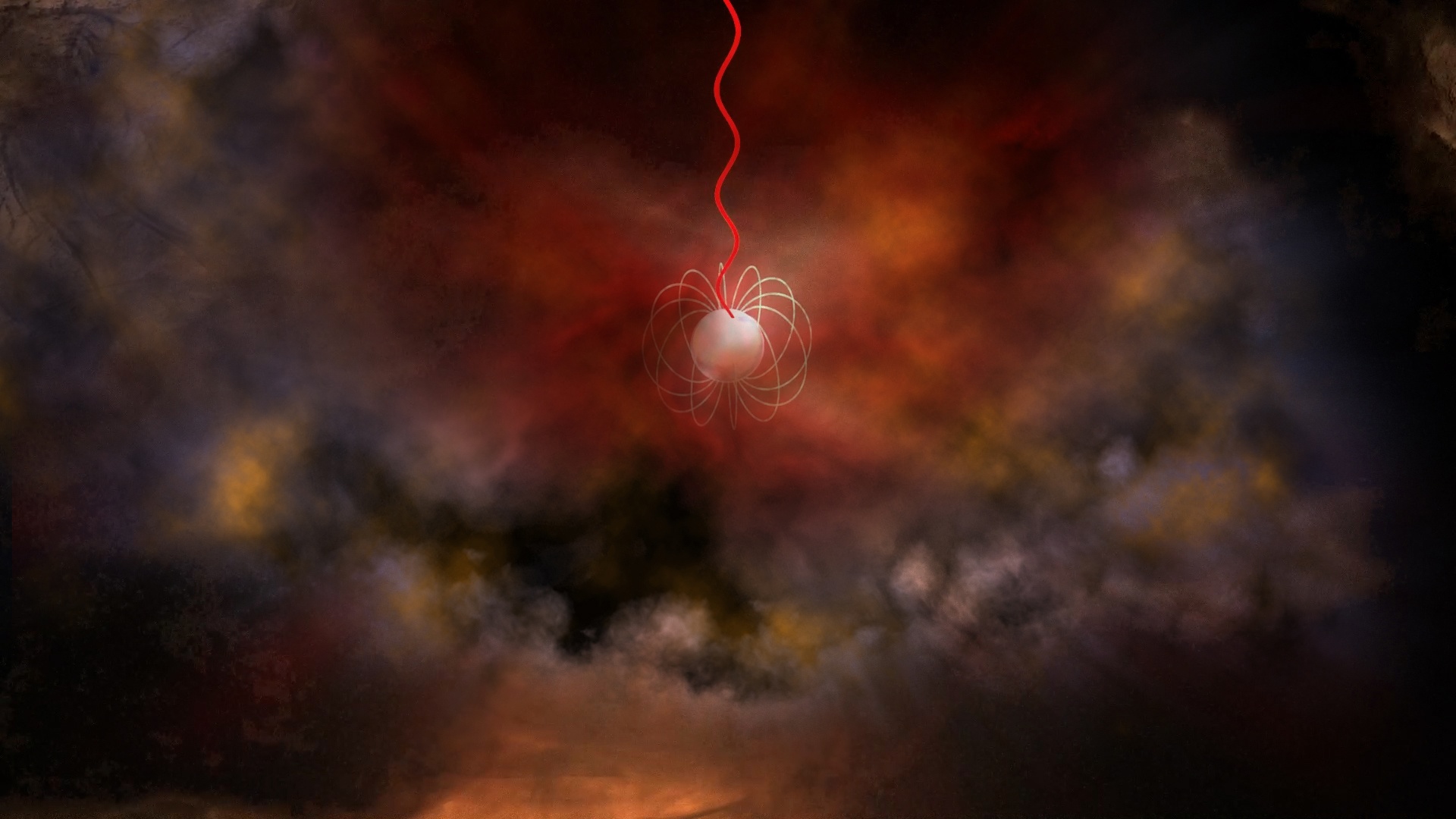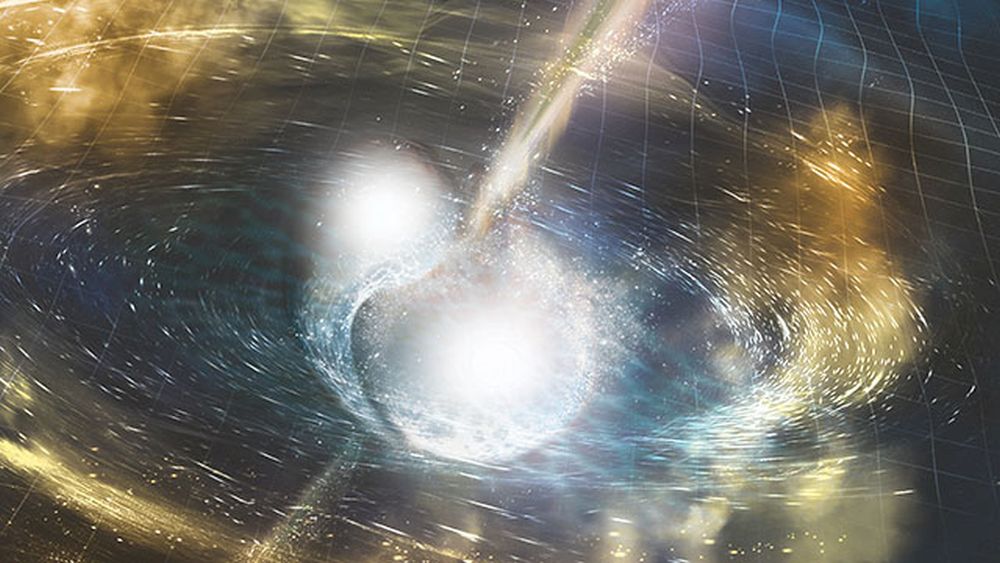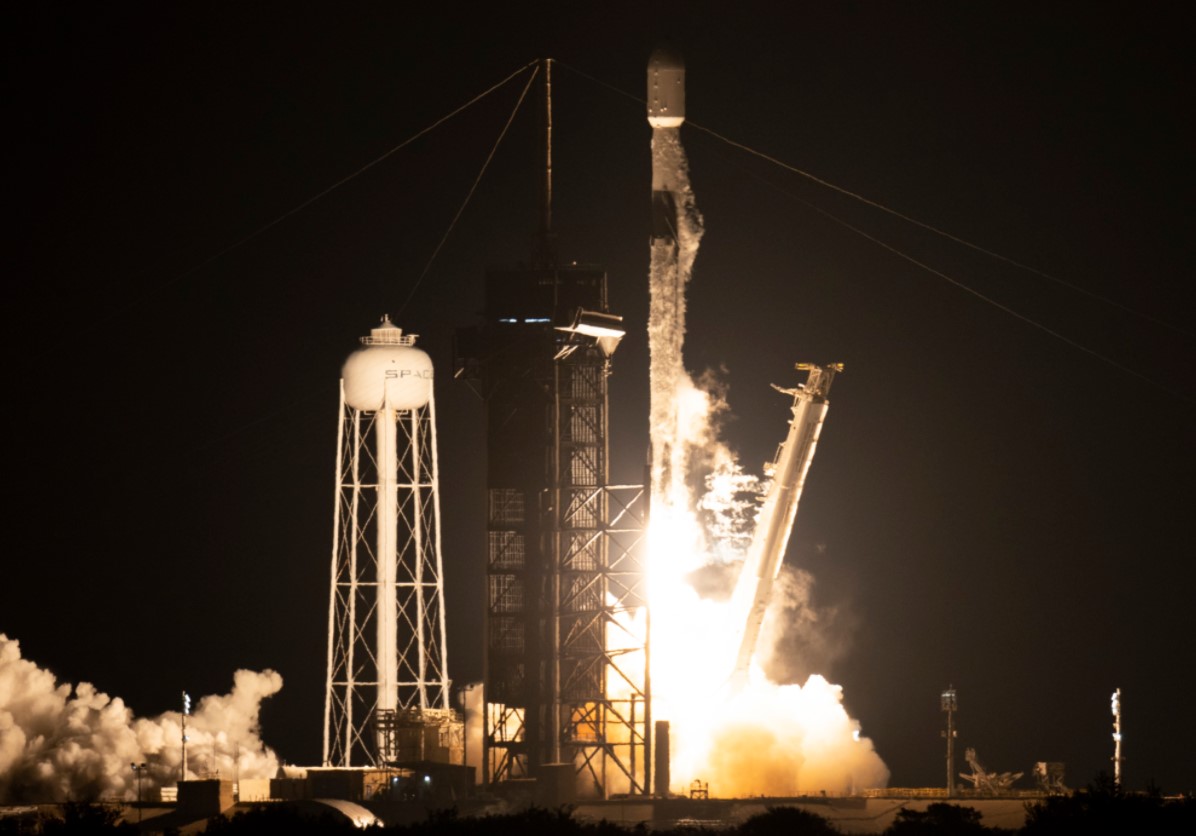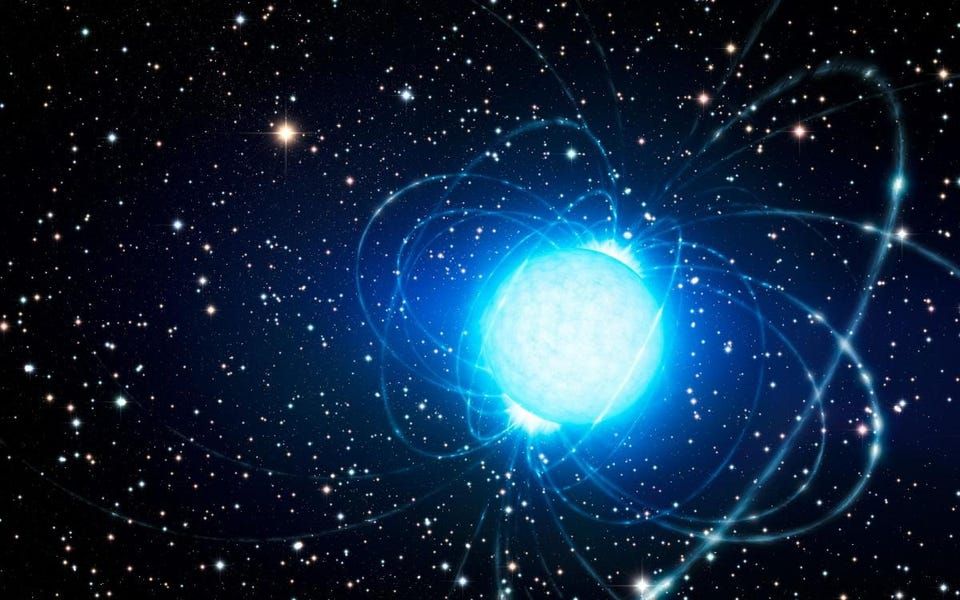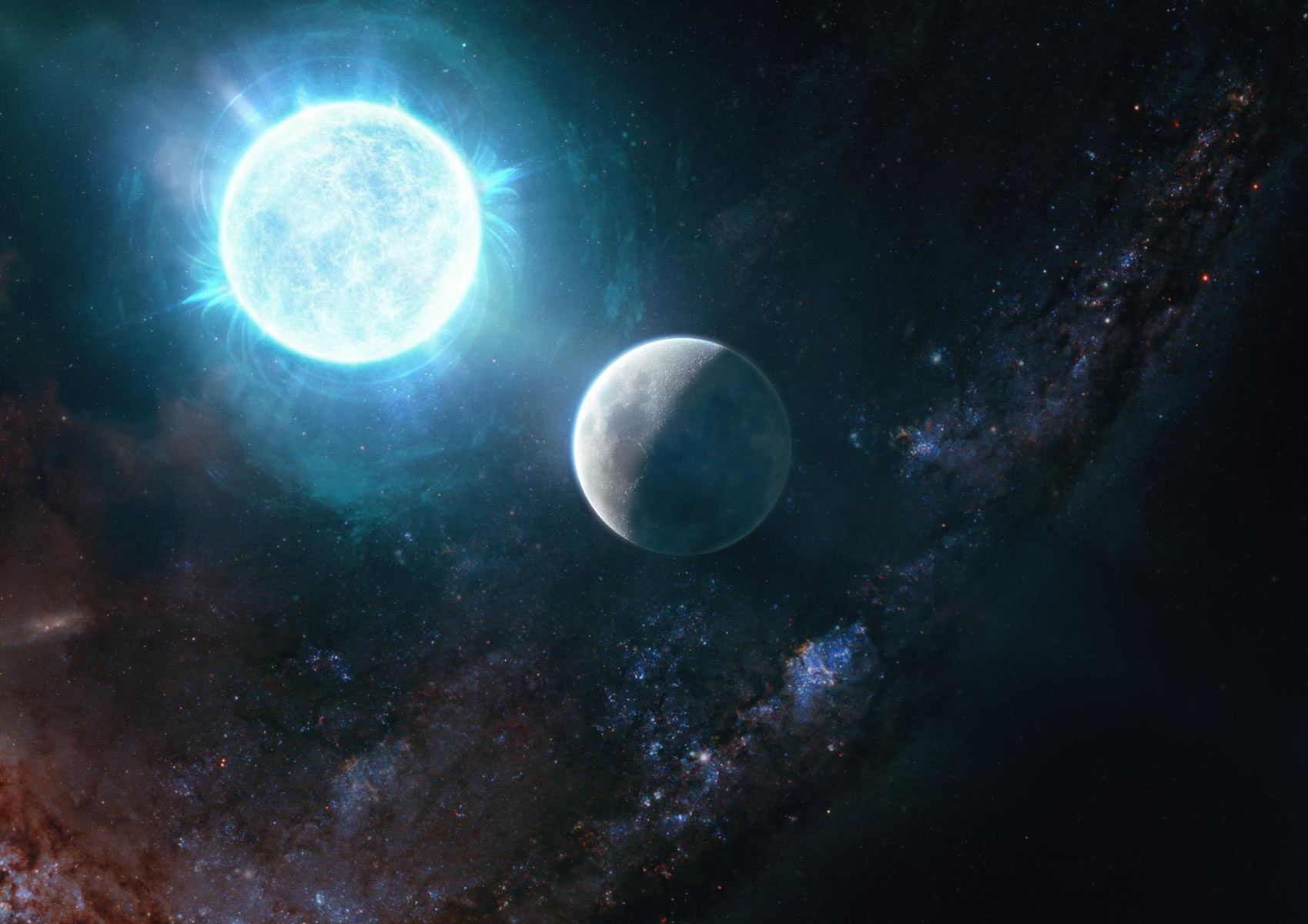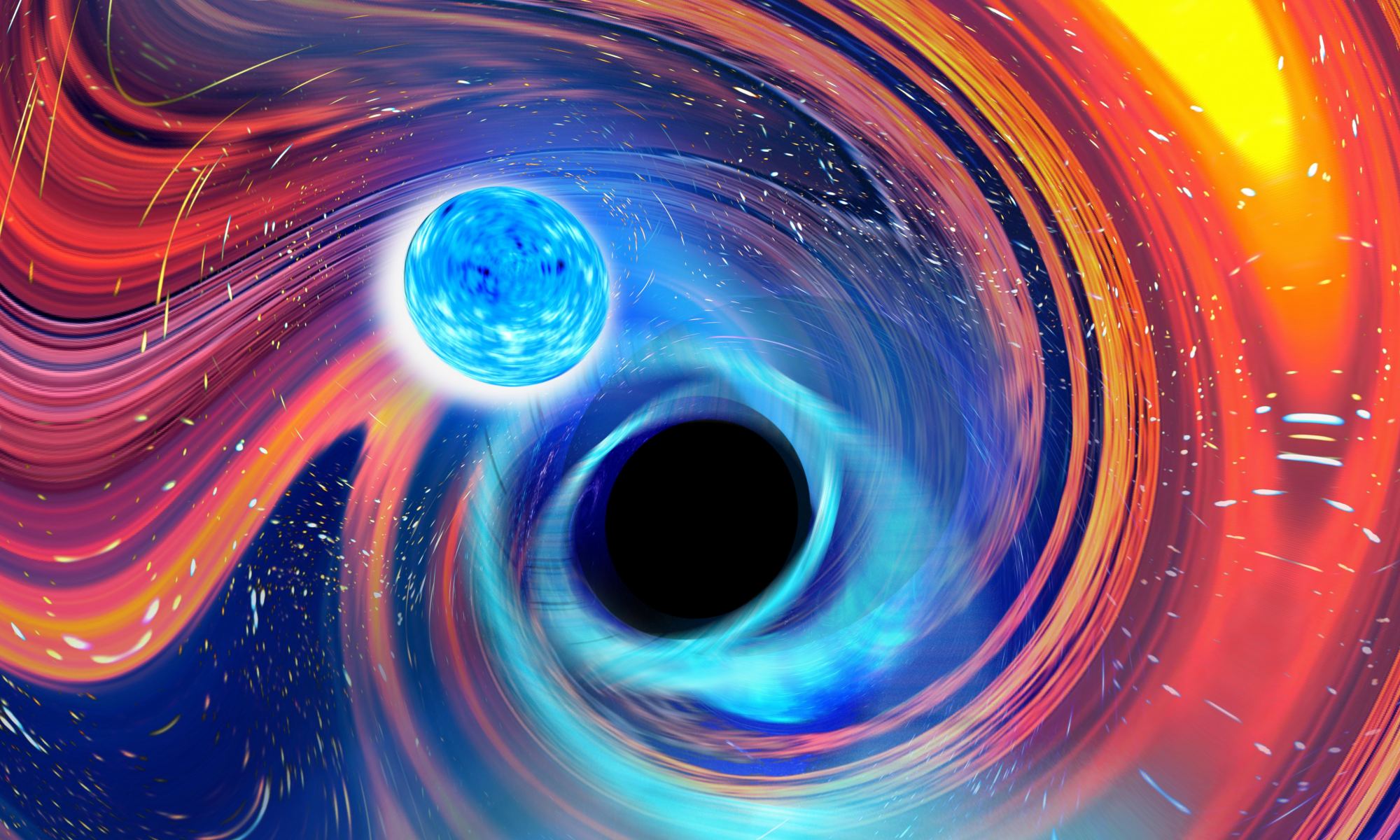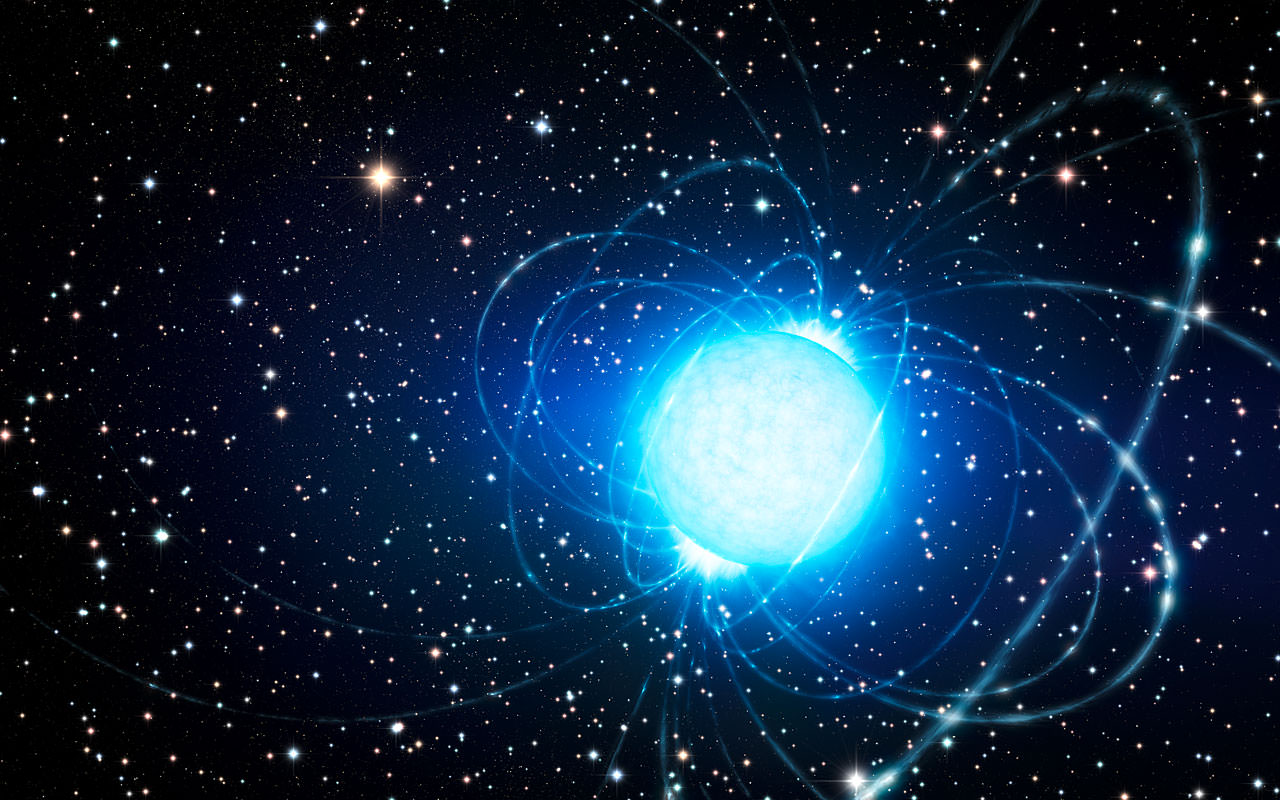Almost seven years ago (September 14th, 2015), researchers at the Laser Interferometer Gravitational-wave Observatory (LIGO) detected gravitational waves (GWs) for the first time. Their results were shared with the world six months later and earned the discovery team the Noble Prize in Physics the following year. Since then, a total of 90 signals have been observed that were created by binary systems of two black holes, two neutron stars, or one of each. This latter scenario presents some very interesting opportunities for astronomers.
If a merger involves a black hole and neutron star, the event will produce GWs and a serious light display! Using data collected from the three black hole-neutron star mergers we’ve detected so far, a team of astrophysicists from Japan and Germany was able to model the complete process of the collision of a black hole with a neutron star, which included everything from the final orbits of the binary to the merger and post-merger phase. Their results could help inform future surveys that are sensitive enough to study mergers and GW events in much greater detail.
Continue reading “A Black Hole can Tear a Neutron Star Apart in Less Than 2 Seconds”

